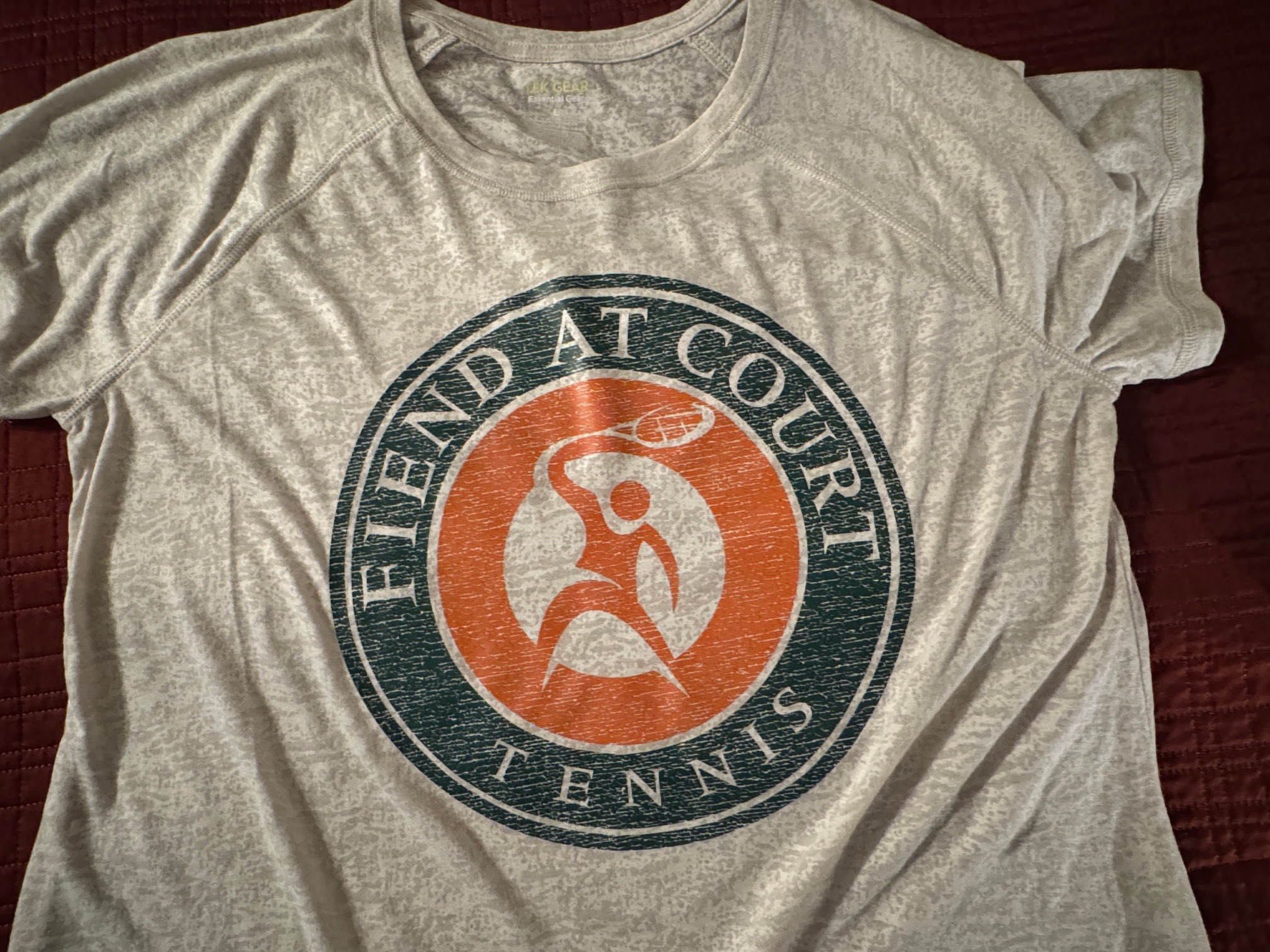“The Code” which appears as a section in the USTA’s Friend at Court, is subtitled “The Player’s Guide to Fair Play and the Unwritten Rules of Tennis.” In essence, that section sits in the gray area between the official rules and the etiquette of the sport. However, tennis is full of additional traditions and standards that constitute an even more subtle layer of “correct” behavior.
At the Italian Open a couple of weeks ago, there was quite a bit of drama during the Round of 16 match between Novak Djokovic and Cam Norrie. During one of the points, Djokovic left Norrie with a sitter overhead and turned his back, signaling that he was conceding the point. The Twitter account @TennisTV posted a short clip of what transpired. In a nutshell, Norrie played a ball that struck Djokovic in the back as he was walking away.
This is a great launch point for a discussion of the subtle etiquette of our sport. Neither the ITF Rules of Tennis nor the USTA’s “The Code” state that a player turning their back on their opponent is a clear signal that the point has been conceded. However, the majority of seasoned tennis players inherently know that it is. The sport is full of these cultural norms that bubble just beneath the surface of the written standards of etiquette and the rules.
Djokovic was salty because Norrie’s subsequent shot hit him as he was walking away. That is another point of etiquette that tennis players inherently understand. It is unsportsmanlike to hit your opponent with a ball after they have conceded the point. In fact, this episode illustrates so many aspects of the hidden behavioral norms of tennis, all my posts this weekend stem from examination of this single incident.
There has been considerable debate on Twitter about whether or not Norrie’s shot was intentionally aimed at Djokovic. I don’t see any point of joining the fray surrounding this specific situation by declaring who was right and wrong in the ensuing debate. The fundamental reality in tennis is that everyone gets the “Wilson Tattoo” from time to time. It is just the nature of the sport.
In the meantime, I would love to hear ideas and suggestions on other hidden rules of tennis that you would like to see discussed. I suspect that many of these stem from pet peeves of things that other players do that are simply “wrong.” I have quite a list of these myself. In fact, one such personal story is the primary topic of tomorrow’s post.




Ideas for discussion:
1. In the warm-up for a doubles match, the format of the warm up is a well-established choreographed routine. When it comes to warm up serves, the players take a few from each side of the court, then switch. It always amazes me that most opposing pairs will switch sides at the same time. Some time ago, my regular partner said he wanted to see some serves from the player he had not recieved serves from… so we delayed switching. This was actually a very good tip, so you and your partner get to see how both of your opponents serve.
2. The player/team that is winning change the scoreboard.
3. The winning player/pair reports the result and takes the balls to the control desk.
4. Do players say ‘sorry’ when they win a point from a net-cord? I find in Europe they tend to – but in the US they tend to rejoice.
5. In an unofficiated doubles match, the non receiver call the service line and the receiver the centre and outside service box line.
Players who fail (or refuse because they are ‘too advanced’) to call the score and then losing track of the score they are responsible for calling. Now we have a scoring dispute that never should have happened in the first place!
I watched the match live and saw no evidence that Norrie intentionally hit his opponent. I think Djokovic’s angry reaction was partly due to him having a bad week that got even worse when he melted down vs Rune in the next round.
Let’s say Djokovic turns his back and Norrie see this (instead of watching the ball that’s high in the air), is Norrie supposed to let the ball bounce on his side and still wins the point? No, the umpire would award the point to Djokovic. It’s unforutnate the overhead hit Djokovic but Norrie did nothing wrong. If anyone is at fault it’s Djokovic for turning his back on a live ball and not protecting himself.